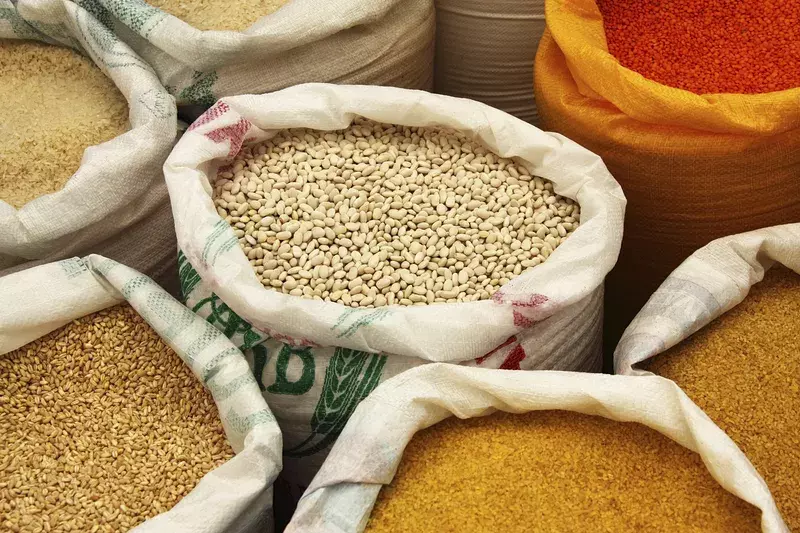From the spice-laden tagines of North Africa to the hearty stews of West Africa and the grilled meats of Southern Africa, the culinary landscape is a vibrant tapestry of flavors and traditions. While each region boasts its unique specialties, certain ingredients consistently appear across the continent, playing a vital role in shaping the distinctive tastes of African cooking.
Here are seven essential ingredients that form the backbone of many African dishes:
1. Maize (Corn): A staple across much of the continent, maize provides sustenance and versatility. Ground into flour, it forms the basis for dishes like sadza in Zimbabwe, ugali in Kenya, and fufu in West Africa. It’s also enjoyed on the cob, grilled, roasted, or incorporated into stews and porridges. Maize’s ability to absorb flavors makes it a perfect complement to rich sauces and spicy seasonings.
2. Cassava (Yuca): Another crucial carbohydrate source, cassava is a starchy root vegetable that’s prepared in countless ways. It can be boiled, fried, mashed, or ground into flour for baking. Similar to maize, cassava’s mild flavor profile allows it to pair well with a wide array of ingredients, making it a cornerstone of many African diets.
3. Plantains: These starchy cousins of bananas are indispensable in West and Central African cuisine. They are typically cooked rather than eaten raw and can be fried, grilled, boiled, or baked. Their sweetness intensifies when ripe, lending a delightful caramelized touch to savory dishes. From the popular kelewele (spicy fried plantain) to hearty plantain stews, this ingredient is incredibly versatile.
4. Groundnuts (Peanuts): More than just a snack, groundnuts are a foundational ingredient in many African sauces and stews, particularly in West Africa. Groundnut soup is a beloved comfort food, and roasted peanuts are used to add richness and texture to various dishes. Their nutty flavor adds depth and complexity, creating a satisfying and savory experience.
5. Tomatoes: A cornerstone of countless cuisines worldwide, tomatoes are equally important in African cooking. They form the base of many sauces and stews, providing acidity and sweetness. From the vibrant tomato stews of Ghana to the fragrant sauces of Ethiopia, tomatoes add a crucial element of flavor and color.
6. Chili Peppers: Spice is an integral part of African cuisine. Chili peppers, in their various forms, are used to add heat and complexity to dishes. From the fiery peri-peri sauce of Mozambique to the milder pepper stews of Nigeria, chili peppers are a defining element of many African flavors.
7. Onions: The aromatic base for countless stews and sauces, onions are indispensable in African cooking. Their mild sweetness and savory notes provide a foundation upon which other flavors can build. They are typically sautéed with other aromatics like garlic and ginger to create a flavor-packed base for a wide range of dishes.
CONCLUSION
These seven ingredients offer just a glimpse into the rich and diverse world of African cuisine. By understanding the central role these staples play, you can begin to appreciate the depth and complexity of the flavors that define this vibrant culinary landscape. So, explore, experiment, and savor the tastes of Africa!
